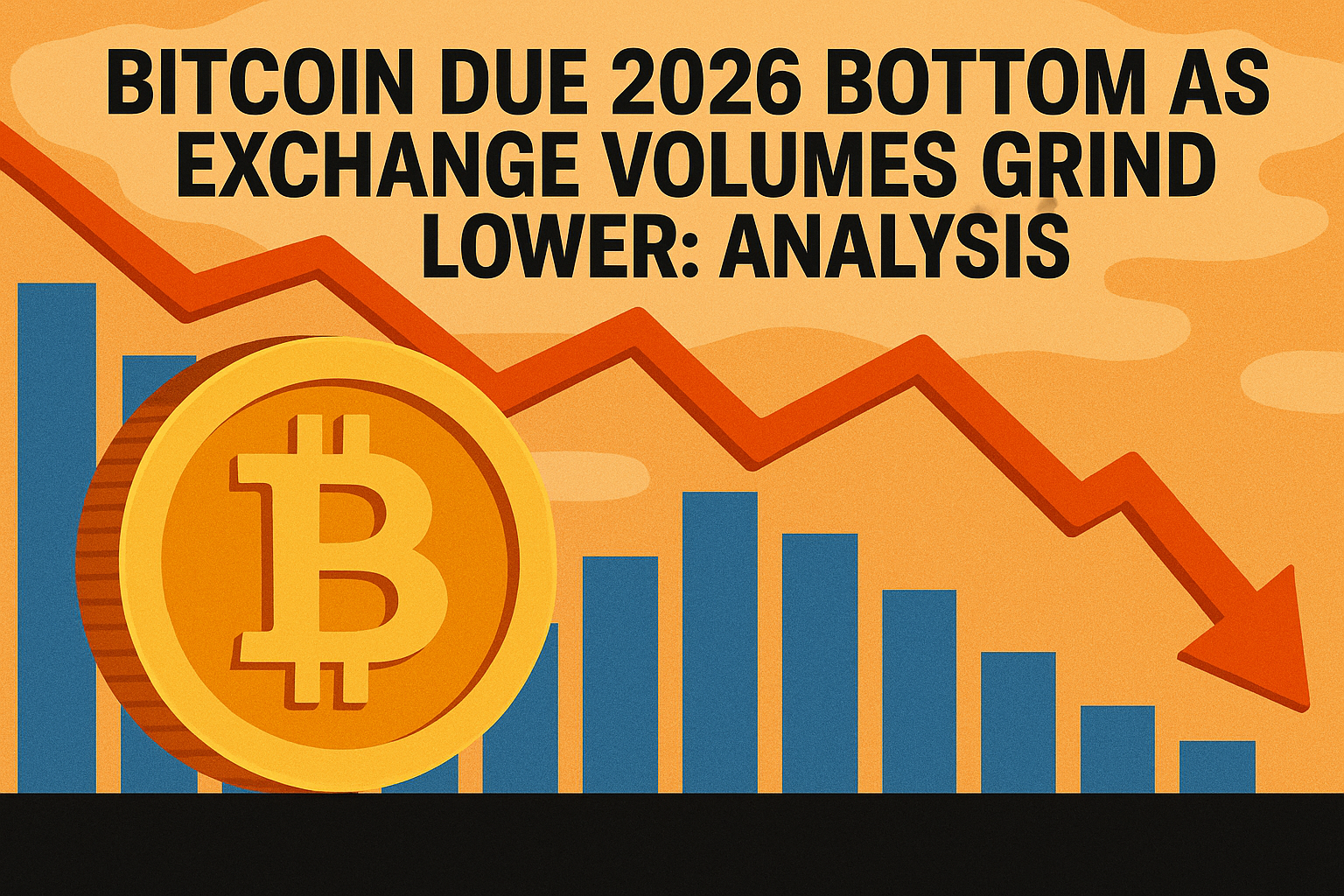Table of Contents
The blockchain ecosystem, while revolutionary, has faced its fair share of scalability and efficiency challenges. Enter Layer 2 solutions, heralded as the panacea for the limitations of traditional blockchains.
As these solutions gain traction, it's crucial to understand their security implications and the role of audits in ensuring their robustness.
Understanding Layer 2 Solutions:
Layer 2 solutions, often termed "scaling solutions," are secondary protocols built atop existing blockchains (Layer 1). Their primary goal? Enhance transaction capacity and speed without overhauling the primary layer. By processing transactions off-chain and settling aggregates on-chain, they promise reduced fees, faster transactions, and scalability. Examples include the Lightning Network for Bitcoin and Optimistic Rollups for Ethereum.
Why the Surge in Popularity?
With the exponential growth of decentralized applications (dApps) and the DeFi sector, existing blockchains, especially Ethereum, have faced congestion, leading to slow transaction times and exorbitant fees. Layer 2 solutions offer a respite by increasing throughput without compromising on security.
Security Implications of Layer 2 Solutions:
Complexity Risks: Introducing a new layer adds complexity. This can lead to unforeseen vulnerabilities, especially when Layer 2 protocols interact or when they interface with Layer 1.
Data Availability Issues: Relying on off-chain data storage can lead to data unavailability or inconsistency, potentially compromising transaction integrity.
Centralization Concerns: Some Layer 2 solutions might inadvertently introduce centralization points, making them attractive targets for attacks.
Interoperability Challenges: Ensuring seamless interoperability between various Layer 2 solutions and between Layer 1 and Layer 2 can be a security challenge, especially with multiple solutions in the market.
User Errors: Layer 2 solutions, being relatively new, might have user interfaces that are not entirely intuitive, leading to user errors that could result in lost funds.
The Role of Audits:
Detecting Vulnerabilities: Audits meticulously analyze Layer 2 protocols to identify potential vulnerabilities, ensuring they're rectified before public deployment.
Instilling Trust: Comprehensive smart ontract audits bolster user confidence. When users see that a solution has undergone rigorous security checks, they're more likely to adopt it.
Ensuring Regulatory Compliance: The blockchain regulatory landscape is ever-evolving. Audits ensure Layer 2 solutions remain compliant, avoiding potential legal pitfalls.
Continuous Evolution: Regular audits mean that Layer 2 solutions are always a step ahead, adapting to new threats and vulnerabilities as they emerge.
Layer 2 in Action: Real-world Scenarios
Consider Ethereum's gas fees in early 2021. Skyrocketing costs made it almost prohibitive for many users to perform transactions. Layer 2 solutions like Optimistic Rollups promised relief, and their adoption could mean sustainable fees and faster transactions. However, without rigorous audits, even these solutions could be vulnerable. A single security breach could erode user trust, setting back the adoption of Layer 2 by years.
Layer 2 solutions represent a promising frontier in the blockchain space, offering a pathway to a more scalable and efficient decentralized future. However, with great innovation comes great responsibility. Comprehensive security audits are not just an option; they're a necessity. As we embrace Layer 2 solutions, let's ensure that security remains at the forefront, paving the way for a future where blockchain's potential is fully realized without compromising on safety.








